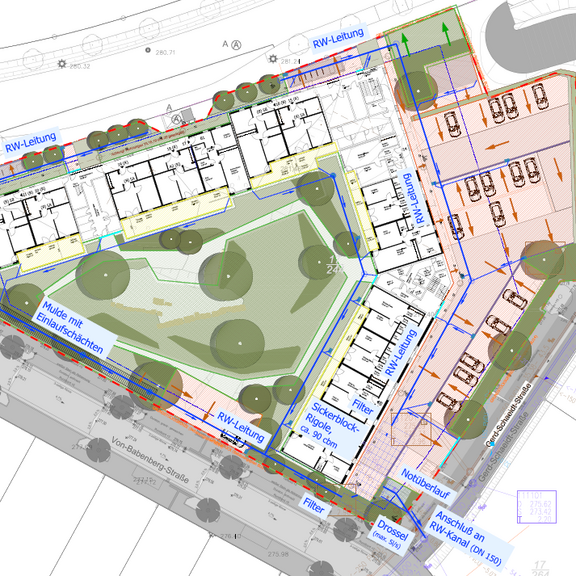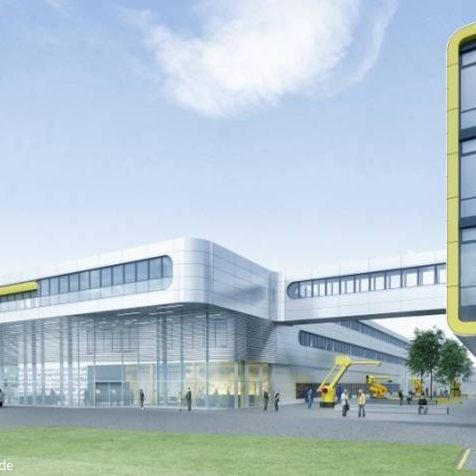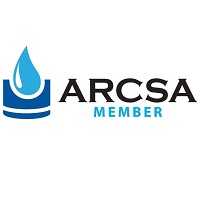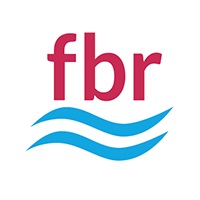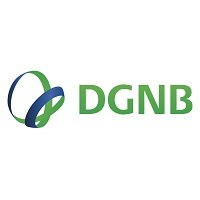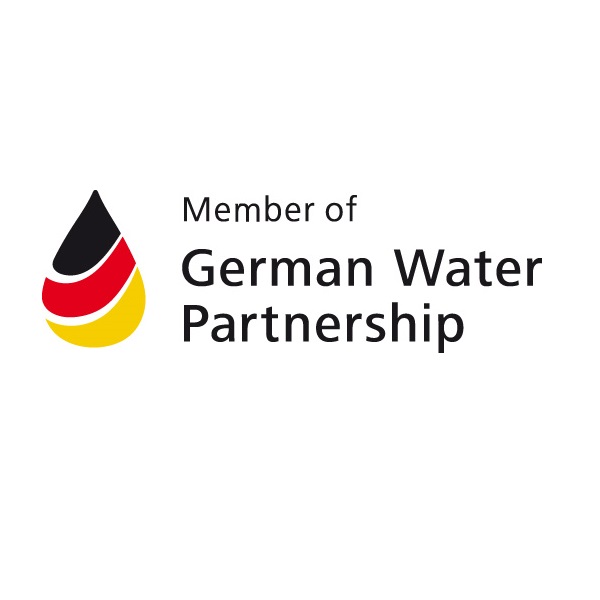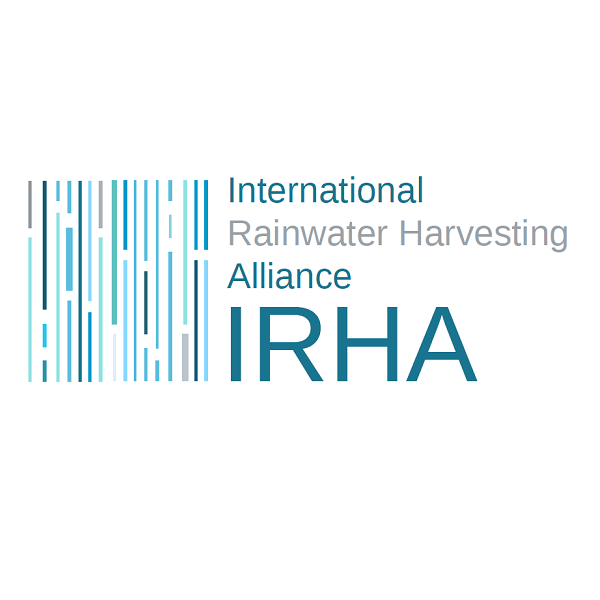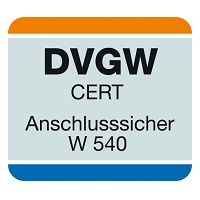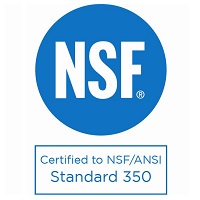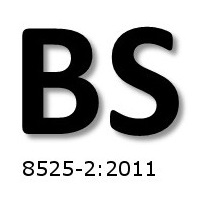Stormwater attenuation for commercial and municipal projects
If rainwater cannot or may not be infiltrated on site, heavy rainfall events must now be temporarily stored locally so that they can then be discharged in a throttled manner to prevent overloading of the drainage system and thus flooding. The systems are used in commercial properties under parking lots and access roads or in municipal projects. Our systems are characterized by particular cost efficiency and the highest product quality. They have been used for over 20 years in thousands of projects worldwide.
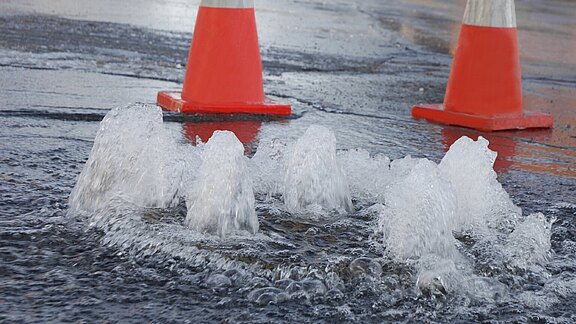
Buffer volume for heavy rain
If sufficient space is available, we recommend our shallow, Dibt-certified DRAINMAX tunnels in a foil jacket. If there is not enough space, our fiberglass-reinforced tanks or concrete cisterns or our honeycomb systems, which can be installed up to 9.5 m deep, are used. Our systems are characterized by exceptional ease of maintenance.
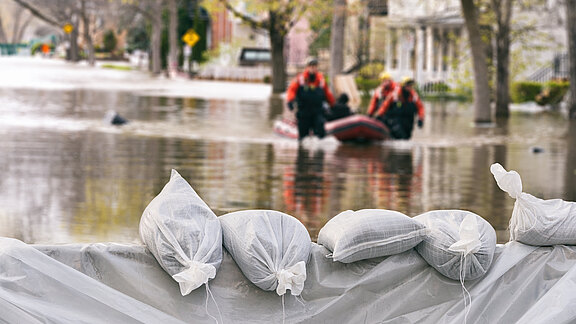
Continuous discharge throttle or throttle lifting unit
The continuous outlet throttle always drains the maximum possible throttle outlet at any water level. This enables a system that is up to 30% smaller than comparable attenuation systems without a continuous outlet. If the throttle outlet cannot be connected to the drainage system with a geodetic gradient, it can be pumped with a lift pump. The restrictor can be installed directly into the retention cistern or into a restrictor manhole. The throttle shaft then also usually allows the attenuation system to be inspected and cleaned.
Stormwater attenuation systems
In our tunnel attenuation systems, the polluted stormwater is first cleaned by upstream sedimentation/filter shafts or our road runoff water filters. Subsequently, the heavy rainfall events are buffered in the large-volume tunnels in foil troughs. This system is particularly cost-efficient in terms of transport, purchase, installation and operation. With only three different, 80 cm high components, consisting of a start calotte, tunnel and end calotte, two-dimensional systems of any size can be produced without any connecting elements. The area above the Dibt-certified system, which can bear heavy loads of up to 60 t, is available for other uses, such as access roads or parking spaces.
In our honeycomb block attenuation systems, the polluted stormwater is first cleaned by upstream sedimentation/filter shafts or our street runoff water filters. The water is then buffered in the three-dimensional flow-through system in the foil jacket. The 30 cm high design is used, for example, where the groundwater level is high or the connection to the drainage system is very low. The 60 cm high design can be stacked on top of each other up to an installation depth of 9.5 m. It is particularly suitable for attenuation systems that cannot be laid flat. The system is very easy to install without any connector elements. The area above the TÜV-certified system is available for other uses, such as truck access roads or parking spaces.
Attenuation systems with our fiberglass-reinforced plastic storage tanks are ideal, for example, if installation is to be carried out very quickly. They are delivered to the construction site ready for connection up to approx. 200 m³. They are manufactured individually for your construction project and therefore require a lead time of approx. 6 weeks.

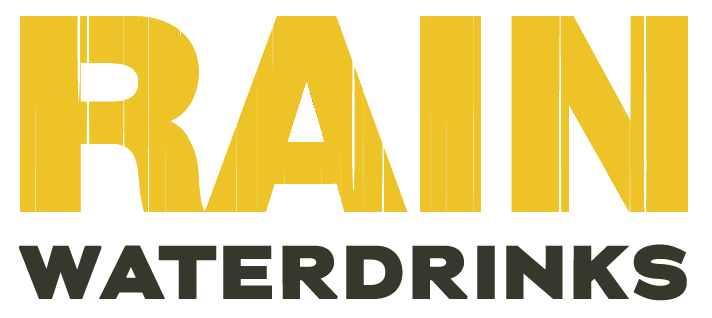
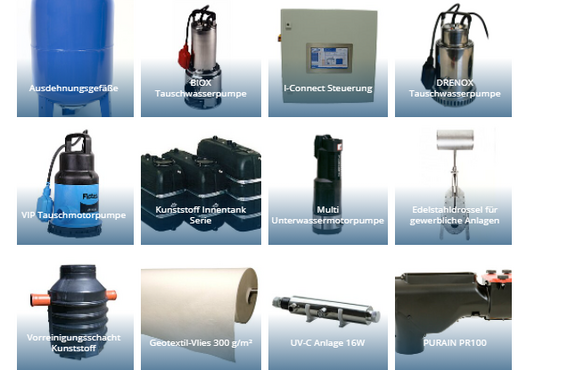
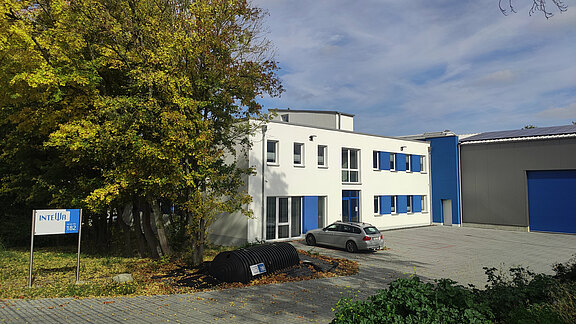
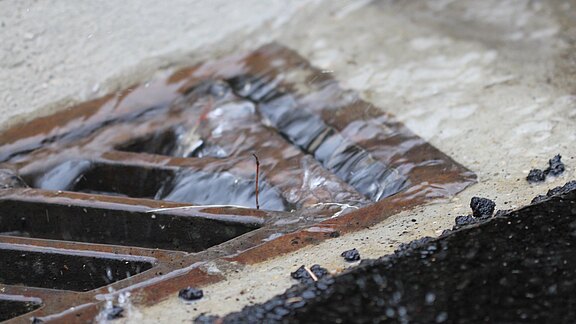

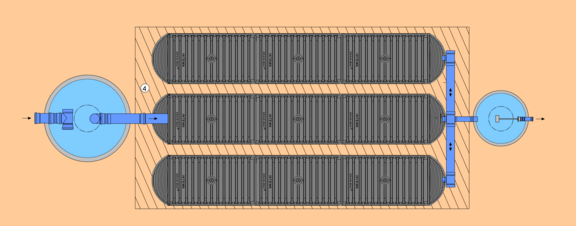

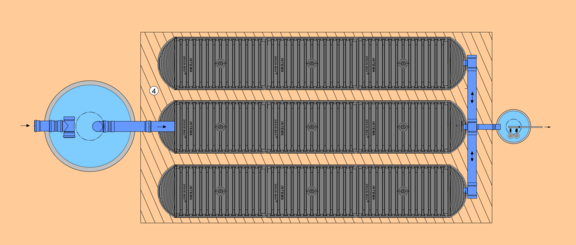










![[Translate to English:] [Translate to English:]](/fileadmin/_processed_/e/1/csm_Wildau_f56c66754c.jpeg)
![Quelle/ Source: Tomáš, google.com/maps Mai 2019 [Translate to English:]](/fileadmin/_processed_/f/5/csm_1904_DM_Carl-Zeiss-Parkhaus_Geb%C3%A4ude_f57e6d4b4e.png)

![[Translate to English:] [Translate to English:]](/fileadmin/_processed_/a/d/csm_11.01.08_RM_PR_McDonalds_Dortmund_Bild_1_a91e061f70.jpg)
